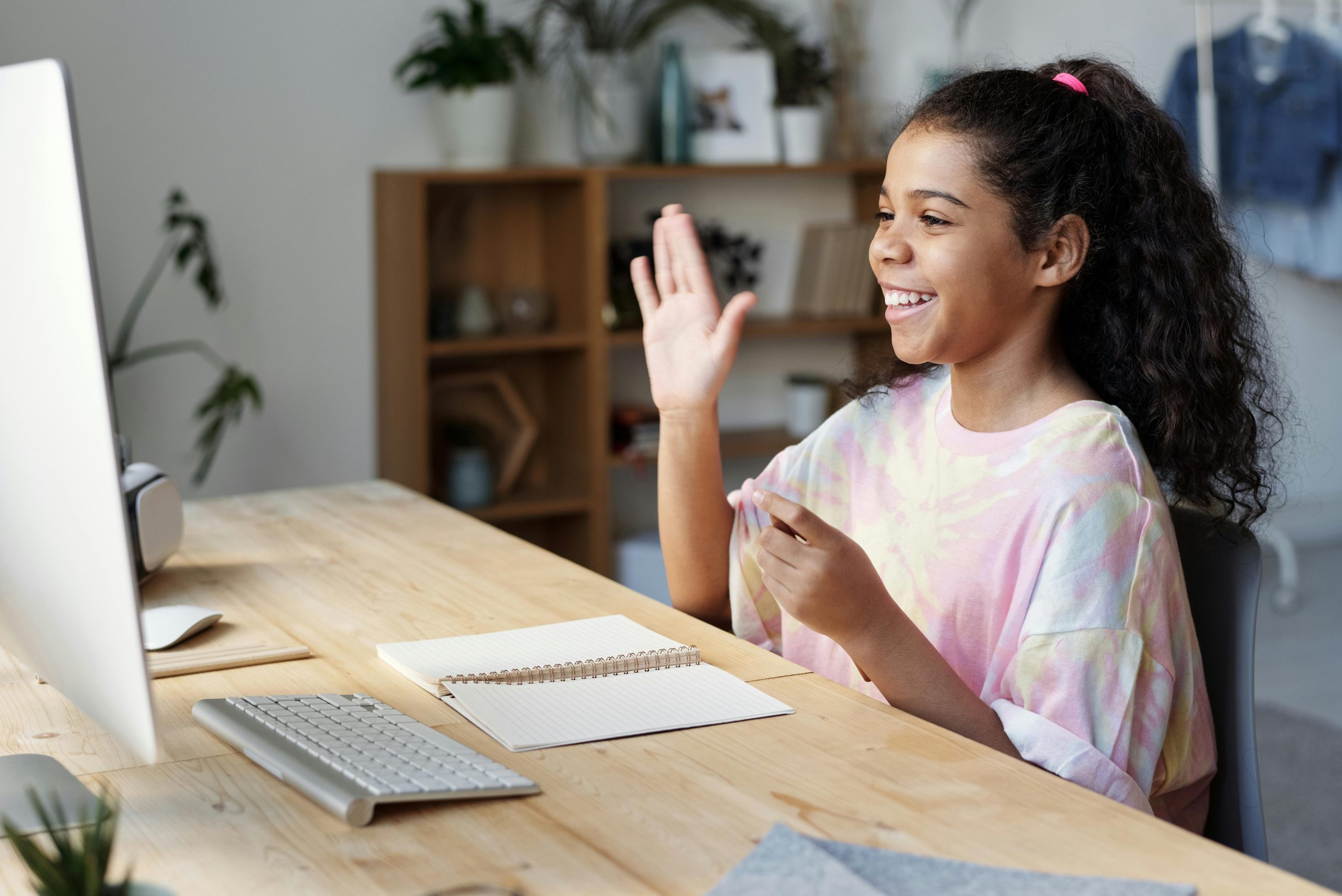The appreciation for clean minimal design can vary based on personal preferences and individual circumstances. Minimal design, characterized by its simplicity, functionality, and focus on essential elements, tends to appeal to those who are drawn to a clutter-free and organized aesthetic. Its strengths lie in its ability to create a sense of calm and focus, often making spaces or interfaces appear more open, approachable, and user-friendly.
For individuals who appreciate clarity and ease of navigation, minimal design can be particularly attractive. It often employs a limited color palette, ample white space, and straightforward typography, which can aid in reducing distractions and enhancing usability. This approach is widely adopted in areas like user interface and Web Design, as it typically leads to a more intuitive user experience.
On the other hand, some people might find minimal design too plain or lacking in personality, preferring instead a more embellished or eclectic approach that allows for greater expression of creativity and uniqueness. In these cases, a more detailed and vibrant design might be preferred to inject more energy and character into the space or interface.
Ultimately, whether someone likes a clean minimal design comes down to individual tastes, needs, and the specific context in which the design is being used.


One response to “Are you a fan of a sleek and simple design aesthetic?”
This is a thought-provoking exploration of minimal design! I appreciate how you’ve highlighted the balance between simplicity and personal expression. It’s interesting to consider how minimalism can enhance usability, especially in digital environments, where users often seek efficiency and clarity.
However, it’s also worth discussing how minimal design can be adapted to incorporate personality without sacrificing its essence. For instance, utilizing unique typography or adding subtle textures can create a distinctive look while maintaining the clean lines that minimalism celebrates. Additionally, the emotional impact of color can elevate a minimalist design, allowing for a welcoming atmosphere while keeping it uncluttered.
Ultimately, the dialogue between minimalism and personalization is dynamic, influenced by cultural trends and user expectations. It would be fascinating to see how emerging trends in design might bridge these preferences—possibly blending simplicity with elements that evoke more individuality and warmth. What are your thoughts on how designers can creatively merge these approaches?